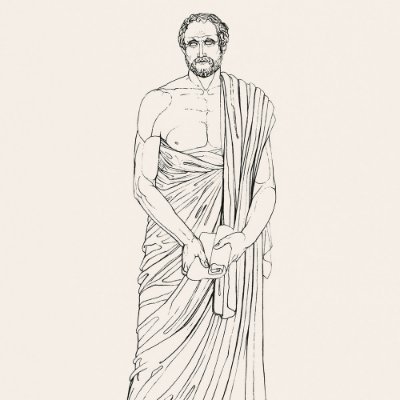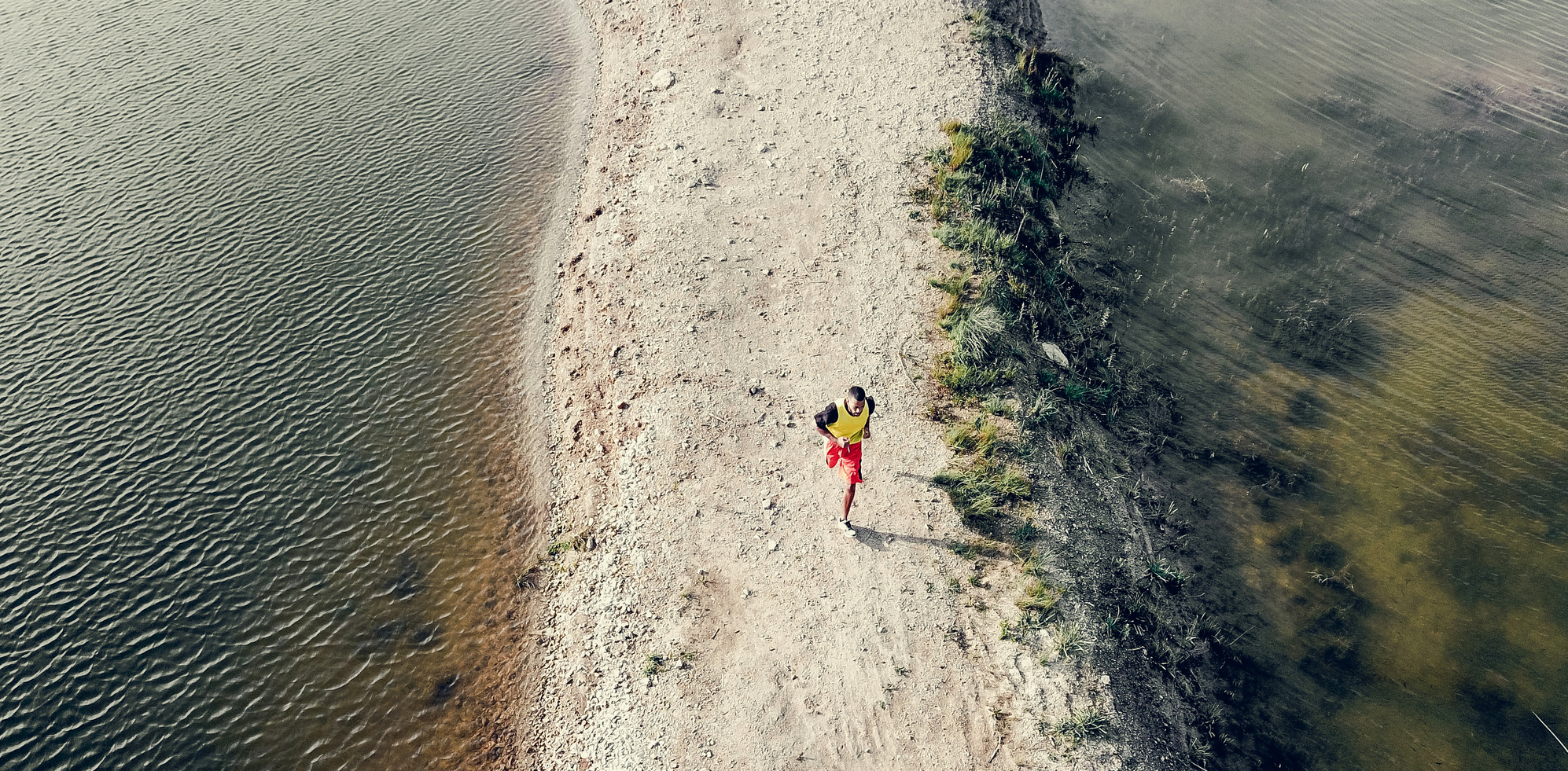Arguably, the greatest athletes in the world reside in the high altitude, forested Mount Hiei, in Kyoto, Japan.
Over a seven-year period, the marathon monks of Mount Hiei embark on kaihōgyō—a 1,0000-day deadly marathon challenge.
Very few marathon monks have survived kaihōgyō. Since 1885, only forty-six marathon monks have completed the challenge. 1
The routes of kaihōgyō are a grim sight: littered with unmarked graves of marathon monks who either died or committed suicide during the challenge.
Why would the marathon monks commit to such a deadly challenge? And what lessons can we learn from the marathon monks on how to develop our mental toughness and stick to our goals?
Kaihōgyō: The 1,000 Day Challenge
“The path of a marathon monk is never-ending.” — Tendai saying
On the first day of kaihōgyō, which begins at the end of March or the beginning of April, the marathon monk wakes up at 1.30 a.m. and embarks on a 30-kilometer (18.8 mile) run.
The basic rules of kaihōgyō are as follows:
- During the run the robe and hat may not be removed.
- No deviation from the appointed course.
- No stopping for rest or refreshment.
- All required services, prayers, and chants must be correctly performed.
- No smoking or drinking
The marathon monk repeats this routine on a daily basis without fail, for one hundred days straight.
Between the 65th and 75th day of the term, the marathon monk will embark on kirimawari, a 54-kilometer (33-mile) run through Kyoto.
If the marathon monk successfully completes the 100-day term, they are permitted to undertake the 1,ooo-day challenge (Sennichi Kaihogyo).
But there’s a caveat: during the first 100 days, withdrawal from the challenge is possible, however from day 101 onward, the monk is no longer allowed to withdraw: he must either complete the course or take his own life.
Here’s a breakdown of the 1,000 day challenge on a year-by-year basis:
Year 1: 100 consecutive days of 30 km runs per day. One-day of running 54 km.
Year 2: 100 consecutive days of 30 km runs per day.
Year 3: 100 consecutive days of 30 km runs per day.
Year 4: 100 consecutive days of 30 km runs per day—performed twice for a total of 200 days.
Year 5: 100 consecutive days of 30 km runs per day. On the 700th day, the monk must observe nine days without food, water, sleep, or rest.
Year 6: 100 consecutive days of 60 km runs per day.
Year 7: Two 100-day terms. 100 consecutive days of 84 km runs per day (this is the equivalent of two Olympic marathons). During the final 100-day term, the marathon monk must run 30 km per day for 100 consecutive days.
Note: During each run, the marathon monk is allowed to sit down only once.
At the end of the 7th year, the marathon monks would have completed 1,000 days and approximately 38,632 km of running.
Embarking on the Kaihogyo is perhaps the most incredible feat of human endurance, resilience and mental strength.
Here are five lessons we can learn from the marathon monks on how to develop our mental toughness.
5 Lessons on Mental Toughness from the Marathon Monks
1. Adopt a “commit or die” mentality.
In the book, The Marathon Monks of Mount Hiei, Stevens notes that marathon monks run with a “cord of death” around their waist, and a sheathed knife tucked inside; to remind the monk of his duty to take his life—either by hanging himself with the belt or self-disembowelment—if he fails to complete the challenge.
The marathon monks have adopted a “commit or die” mentality: they either complete the Kaihōgyō or die.
Unlike most of us, the marathon monks aren’t stuck in a cycle of low motivation, lack of focus and procrastination: the fear of death is enough to keep them going.
Too often, we pursue our goals half-heartedly. We leave too much room to escape commitment, and fail to create negative consequences for inaction.
The result: we either quit or make little progress towards our goals overtime.
Until and unless we adopt a “commit or die” mentality towards our goals, we will be distracted by everything.
2. Surround yourself with the right people.
From youth, aspiring marathon monks spend majority of their time with one another and older marathon monks.
They work together and build their strength through manual labour including chopping wood, carrying heavy provisions from temple to temple, and doing repair work on stone fences.
They spend years shadowing senior marathon monks, and accompanying their master while loaded down with baggage or acting as a pusher, matching the marathon monk step for step.
By the time the novice embarks on Kaihogyo, he has developed the necessary skills and mental toughness under the tutelage of experienced marathon monks.
No man is an island. The people we surround ourselves with, will ultimately determine the destiny of our lives.
3. Ruthlessly minimise distractions.
It’s no coincidence that the marathon monks reside in Mount Hiei: an isolated, high altitude mountain surrounded by tall trees and forest animals.
Tourists aren’t allowed to wander up the mountain, and visits to the area is strictly by invitation only. The marathon monks aren’t plagued with the distractions that hinder our focus, health and productivity i.e. mobile phones, email, laptops, junk food, and so on.
This is one of the key reasons why the marathon monks can maintain such high levels of focus and discipline for decades.
In reality, however, most of us in the western world can’t live without these electronic devices.
Instead, we can ruthlessly minimise our exposure to distractions by using mental models, practising Zanshin and designing our environment, to ensure that we stay focused and avoid distractions.
4. Forget the goal, focus on the process.
Although there may be hundreds of days ahead, each day the marathon monk wakes up and thinks about only one thing: his marathon for the day.
The marathon monk is present, neither dwelling on the past, or obsessing about the future.
He understands that what matters most is the process, because ultimately the future is a by-product of his present actions.
Likewise, by taking our eyes off the goal and focusing on the process, we can direct the best of our efforts and energy to complete the tasks immediately in front of us.
As a result, over a period of time, we’ll make significant progress towards our goals, and one day be taken by surprise when we finally achieve our goals.
5. Pursue a higher purpose beyond your goals.
The lifestyle of a marathon monk is gruelling.
Not only do they sacrifice family ties and friendships, they also put their own lives at risk—the odds of surviving are extremely low.
Each day the marathon monks wake up at 12:00 A.M., and after an hour of prayer, they begin their daily run at 1:30 a.m, and go to bed around 9:00 p.m.
The daily caloric intake of the marathon monks is approximately 1,000-1,200 calories, which consists of rice, miso soup, and green tea.
In addition, the marathon monks rarely find time to sleep. Many learn to sleep sitting or even standing up.
Why would anyone commit to this life sentence?
Many marathon monks have noted that as soon as they put on the robe of a marathon monk, they are consumed with a drive to reach spiritual enlightenment through Kaihogyo.
Each time they face death, they feel more grateful and alive, because they are chasing a higher purpose beyond their own lives.
The wisdom and secret behind the marathon monk’s mental toughness can be summarised as follows:
Always aim for the ultimate, never look back, be mindful of others at all times, and keep the mind forever set on the Way. “If you do this…there is nothing that cannot be accomplished.”
Mayo Oshin writes at MayoOshin.com, where he shares practical self-improvement ideas backed by proven science, philosophy and art, for better habits. To get these ideas to think and live better, you can join his free weekly newsletter here.
Originally published on mayooshin.com.
Follow us here and subscribe here for all the latest news on how you can keep Thriving.
Stay up to date or catch-up on all our podcasts with Arianna Huffington here.


